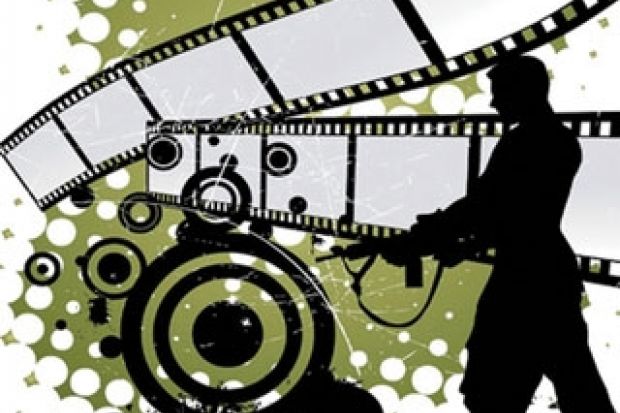This new century has seen an explosion in communication technologies among consumers worldwide. But according to Nathan Roger, the true import of this revolution has yet to be fully understood by theorists of international relations and strategic studies. It is not simply that mobile phones and laptops have created interconnected “networks of networks” through which messages and images flow at lightning speed. More significantly, we live in an age where they have caused “a paradigm shift from techno-war to image warfare”. Emotive pictures, still and moving, that we capture and distribute on mobile platforms are the new weapons of mass persuasion, if not mass destruction. States manufacture them, so too do insurgents, deliberately and by accident. We, the public, adapt them before sending them out anew via old and “new” media. Crucially, once dispatched, they slip free of the traditional command-and-control processes cherished by hierarchical, bureaucratic states, as well as networked state-challengers who similarly aspire to keep dissident ideology and propaganda on message.
At the heart of this transition are rhizomatic structures: images disseminate in complex ways through root-like webs of communication made up of the internet and mobile phone networks. Chop off one root and new shoots sprout and spread, observes Roger; censor an image and it emerges elsewhere. Because meaning attaches to images, they can be interpreted in different ways by diverse audiences, and it makes for a volatile political state of affairs.
What Roger is justifiably attempting to do is relocate media in the international relations literature; namely, to treat the media landscape as a central principle, perhaps the primary theatre in which events are played out. Combining theoretical literature from international relations and from strategic, cultural, media and terrorist studies, he traces the changing nature of image use during the so-called War on Terror. He organises his argument around four key concepts: political communications, namely the “official” statements of George W. Bush and Tony Blair and the “unofficial” ones of Osama bin Laden; “suicide” terrorism in the 9/11 and 7/7 terror attacks; executions of hostages by al-Qaeda and affiliates; and torture in Abu Ghraib prison and elsewhere. These he filters through his own nomenclature of “image munitions”, “counter-image munitions” and “remediation battles”, and in an otherwise clearly presented argument and accessible narrative style, moves some way towards achieving his ambition.
Building on the need to find a new place for images and messages in the front line of political science, Roger follows in the steps of Paul Virilio, Jean Baudrillard, Gilles Deleuze, Félix Guattari, and closer to home Andrew Hoskins and Ben O’Loughlin, but surprisingly fails to acknowledge revolution and insurgency theor-ists such as David Kilcullen (perhaps the key adviser to the Pentagon on networked insurgency in recent years) who have championed the debate. Equally, while Susan Sontag is afforded space on image ambiguity, her counterpoint in a celebrated discourse, Judith Butler, is overlooked completely. More problematic is Roger’s tendency to essentialise the War on Terror, a neoconservative rhetorical construct now largely debased, and to treat al-Qaeda as a unitary insurgent force rather than the diffuse embodiment of the very phenomenon of the rhizomatic, networked organisation that he is otherwise keen to highlight.
The reason Roger deserves a wider readership is that he is tackling a significant argument, and one that some in the academy and government on both sides of the Atlantic have been engaged in for many years. Hillary Clinton, one of the sharpest thinkers in recognising fundamental shifts in the way populations use digital media, has unfortunately now moved on. Meanwhile, although the head of the UK military, General Sir David Richards, does see clearly that modern politics and conflict played out in the media space are driven by images, our government still fails to comprehend the idea.
Although Roger should be lauded for an engaging analysis of how states and militaries fail to grasp the changing role of media in our lives, his work - descriptive rather than predictive - fails to pose the question of how governments should communicate with populations in an era of message cacophony when information-rich images, once released, circulate beyond command-and-control processes, compounding confusion and chaos.
Image Warfare in the War on Terror
By Nathan Roger
Palgrave Macmillan, 208pp, £55.00
ISBN 9780230363885
Published 11 January 2013
Register to continue
Why register?
- Registration is free and only takes a moment
- Once registered, you can read 3 articles a month
- Sign up for our newsletter
Subscribe
Or subscribe for unlimited access to:
- Unlimited access to news, views, insights & reviews
- Digital editions
- Digital access to THE’s university and college rankings analysis
Already registered or a current subscriber? Login




